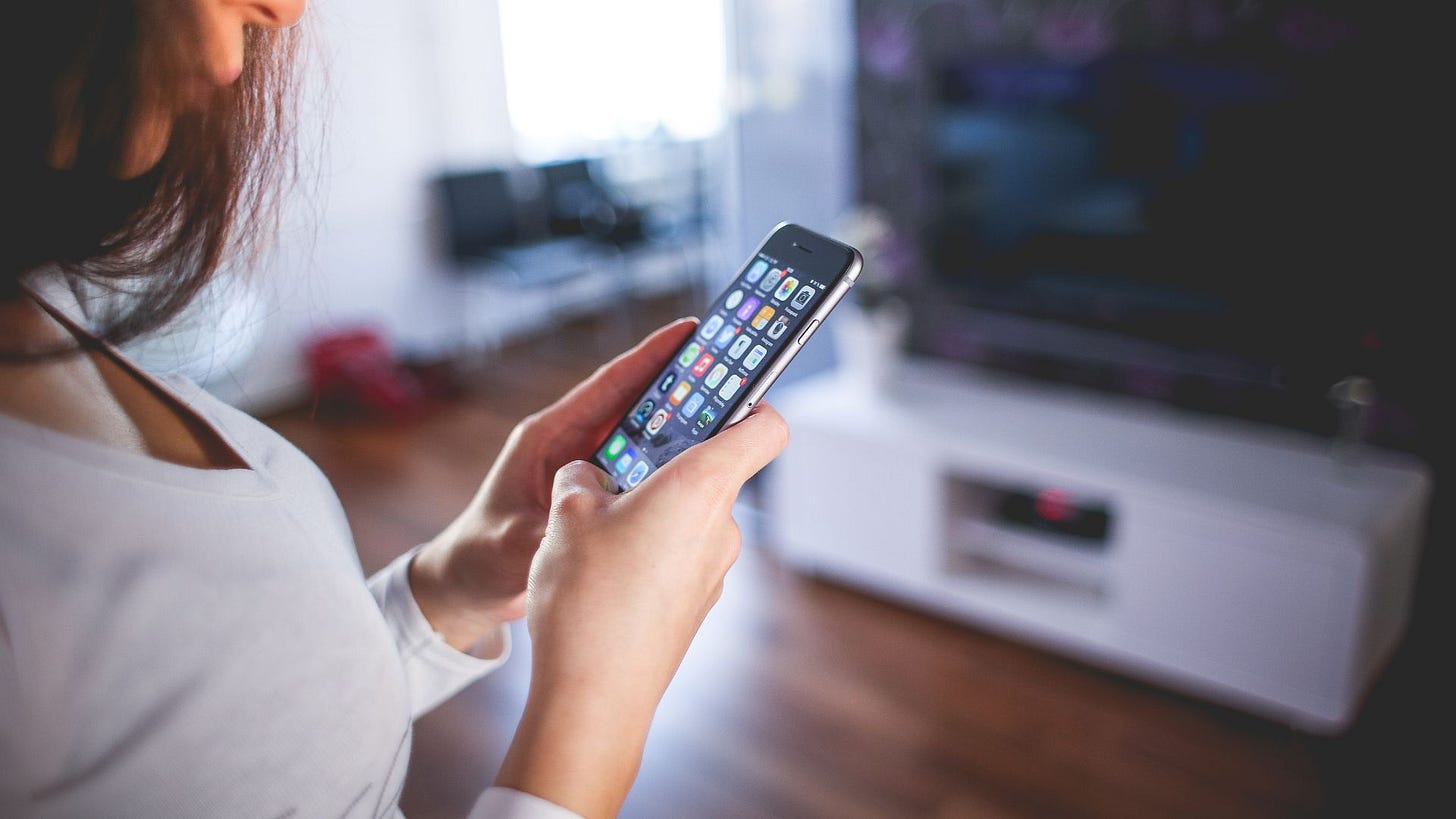Protect Your iPhone: Apple Introduces Stolen Device Protection
Apple is taking a stand against iPhone theft with a new security feature called Stolen Device Protection, currently available to beta testers. This feature adds an extra layer of protection to your personal information and financial data, making it more difficult for thieves to exploit your device.
Here's what you need to know:
What does it do?
Stolen Device Protection restricts certain settings when you're away from familiar locations like your home or work. This means that even if a thief gets your passcode, they'll need your Face ID or Touch ID to:
Change your Apple ID password
Enable or change the recovery key
Access passwords in Keychain
Apply for a new Apple Card
Change trusted phone number
Add or remove Face ID or Touch ID
Use your iPhone to set up a new device
Turn off Find My iPhone
Turn off Stolen Device Protection
Why is it important?
Previously, a thief with your iPhone and passcode could easily access all your data and accounts, including passwords, financial information, and more.
Stolen Device Protection adds an extra layer of security that can help prevent this from happening.
What can still be stolen?
Even with Stolen Device Protection turned on, a thief can still unlock your phone and access any apps that aren't protected by an additional password or PIN.
They can also reset accounts that use text or email verification.
Apple Pay still works with a passcode if Face ID or Touch ID fails.
Here are some additional tips to keep your iPhone safe:
Don't give your passcode to anyone: Always use Face ID or Touch ID whenever possible.
Create a strong passcode: Use a hard-to-guess combination of letters and numbers.
Add PINs to cash and crypto apps: This requires an additional pin for transactions.
Act quickly if your phone is stolen: Use Find My iPhone to remotely erase your data.
Back up your phone regularly: This ensures you don't lose any important data.
When will it be available?
Apple plans to include Stolen Device Protection in a future software update. Users will be prompted to turn it on when it becomes available.



